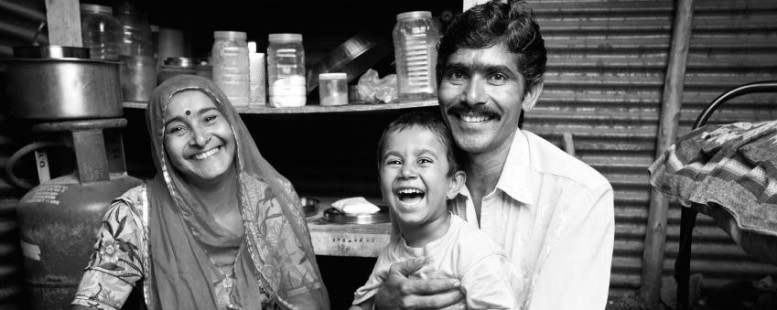Our Opinion: 2014
A jewel in the emerging market crown

India’s stock market has leaped 20% this year – the best performance of any emerging market.The new Prime Minister, Narendra Modi, revived the state of Gujarat with business-friendly policies. It is now hoped he will do the same for the country as a whole. India’s annual growth has halved in ten years. Whilst the global economy has been weak, most of India’s problems are homegrown.
Only 3% of Indians pay income tax. From that low base, the bill for fuel, and food, subsidies are crippling. Those subsidies have discouraged private-sector investment (who could compete at that cost base?) and driven up inflation. The Economist recently said that investment has also been deterred by “a mixture of bureaucracy… incompetence and corruption.”
Despite starting at a significant advantage over China, China’s infrastructure is now decades ahead of India’s, which is hampering growth. There has also been very little advance on opening the economy up to foreign money.
Investors were expecting a comprehensive reform programme from the new Government’s first Budget. They didn’t get it, although Royal Bank of Scotland felt it “hit all the right touch points.”
The Finance Minister, Arun Jaitley, said that defence and e-commerce would open to greater foreign investment. Overall spending will rise by 13%, targeted on infrastructure, to revitalize growth. Selling state assets, to attract more private investment – both within India and internationally, will fund this.
Investors have always been more worried about politics in India than the Indian stock market has been. Managements are good and companies have high profitability levels and a strong presence in IT, pharmaceuticals and high-tech manufacturing. India’s population is vast (second only to China) and half of the population is under 28 – providing a rapidly growing workforce that will be a major growth source in the next few decades.
At the same time, the middle class is growing fast as the population moves from subsistence agriculture to manufacturing and service jobs in the cities. The OECD think tank believes the middle class could swell from 10% of the population as it stands today, to 90% by 2040. This will rival Europe’s industrial revolution and implies a lot of demand for cars, washing machines, processed foods and services.
In short, India’s potential is mind blowing.
